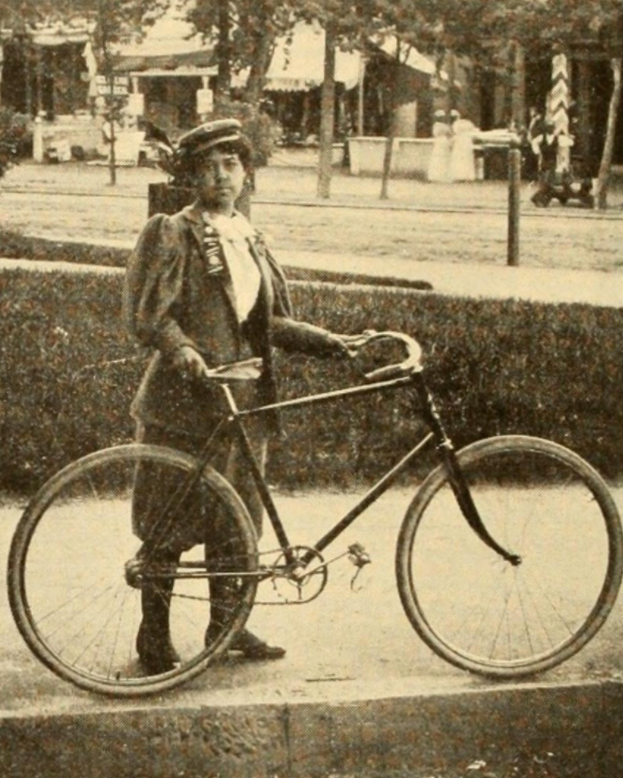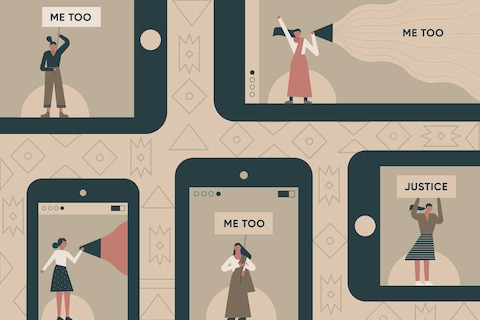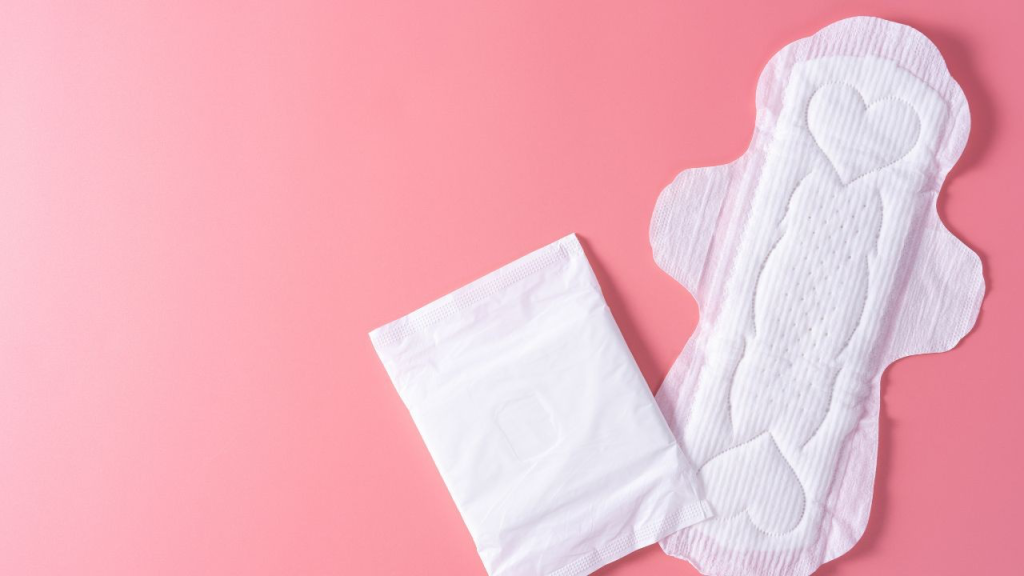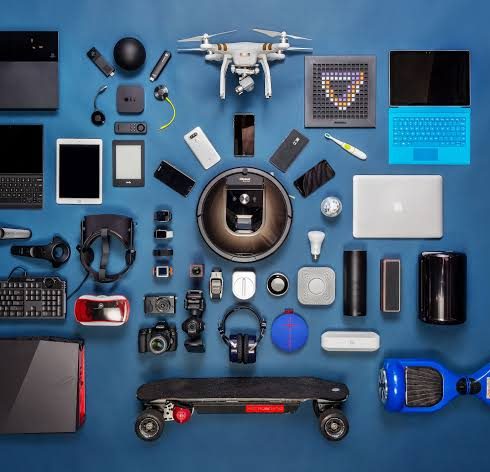It Helped Her: 3 Innovations That Have Helped Women
Whether made by man or woman, innovative technology has transformed the world and made for simpler living experiences. From basic tools, like a smartphone and the internet, that have become a part of our livelihood today, to beauty products that have helped us maintain our outward appearances, the impact of technology cannot be overstated.
For women, technology has a completely different meaning. During a time when they were largely treated as second-class citizens, women have had to leverage technology, in real-time as they were innovated, to not only improve their living situation but to also fight the patriarchy. Here are three of the innovative technologies that have helped women’s fight.
1. BICYCLE

A symbol of “free, untrammelled womanhood” as American women’s rights activist Susan B. Anthony so eloquently put it, the bicycle gave women newfound freedom of movement, challenged stereotypes around women’s physical strength and transformed dress codes.
Coinciding with the first wave of feminism, the invention of the modern bicycle, as we know it today, by an English engineer in the 1880s came about as an alternative to the now impractical penny-farthing that consisted of a large front wheel and a much smaller rear wheel. While not necessarily invented with women in mind, the bicycle ironically gave women independence: In some regions of the world at the time, this meant women could move around freely without having to rely on chaperones, carriages or horseback. Of course, it did not come without backlash: Women were warned riding bicycles was “immoral” and doctors even went so far as to say that it could lead to a terrifying medical condition called bicycle face — a special risk to women’s appearance and complexion. As wild myths circulated and the bicycle took off in popularity, women did not back down. Victorian women and reformists alike called for more rational clothing and baggier undergarments to ride bikes. And others, such as Annie Londonderry, a Latvian immigrant to the United States, challenged prevailing perceptions of femininity by becoming the first woman to ride around the world on a bicycle from 1894 to 1895. More than a century later, the race for equality continues.
2. INTERNET

Similar to the advent of the printer, radio, television and phone, the internet has revolutionized how women and girls live their lives. Whether through websites, social media, instant messaging or email, it has opened up avenues for online activism, community-building, career opportunities and learning, increased awareness and engagement around women’s rights issues, and enabled women to set up businesses, political campaigns and more. From #MeToo to #NiUnaMenos to #TimesUp, social media movements in particular have exposed gender inequalities and violence against women unlike ever before and put pressure on public and private officials to enact change. Like any technology, the internet has its dark side: Offline inequalities, including misogyny, stalking, hate, harassment and trafficking, have permeated online. Misinformation on women’s rights threatens to roll back rights. And, for 49 percent of the world’s population without access to the internet, the digital gap leaves the poorest and most vulnerable in the dark and without the adequate skills and education needed to survive in today’s rapidly evolving techenabled economy. Addressing this divide will be critical in the years to come.
3. SANITARY PADS

What if you had to use wool, moss, animal skin, old rags, newspapers or a sanitary belt for your periods? If it seems outlandish, it is — along with the more outlandish myths that women on their periods should be in solitary confinement, are dirty, can make food rot or even get eaten by sharks while swimming. Yet, it was only more than a century ago that nurses in France created the first disposable sanitary pads, incidentally to control excessive bleeding among male soldiers. By the end of the 19th Century, the first commercially available disposable pads came out but took several decades before they evolved to become somewhat more practical for women to use and acquire (if they could afford it). The breakthrough invention improved women and girls’ hygiene and health, school attendance, livelihoods and economic opportunities. Yet, today, in spite of some efforts, sanitary pads still remain out of reach for millions of women and girls living in poverty and are taxed in several countries around the globe, including as a “luxury” item. Access aside, periods still remain a taboo topic. Stigma and discrimination surrounding menstruation prevents women and girls in some countries from entering physical spaces, such as their home, school, work or place of worship. If only there was an invention that could wipe out discrimination against women…
Self-identifies as a middle child between millennials and the gen Z, began writing as a 14 year-old. Born and raised in Lagos where he would go on to obtain a degree in the University of Lagos, he mainly draws inspiration from societal issues and the ills within. His "live and let live" mantra shapes his thought process as he writes about lifestyle from a place of empathy and emotional intelligence. When he is not writing, he is very invested in football and sociopolitical commentary on social media.






